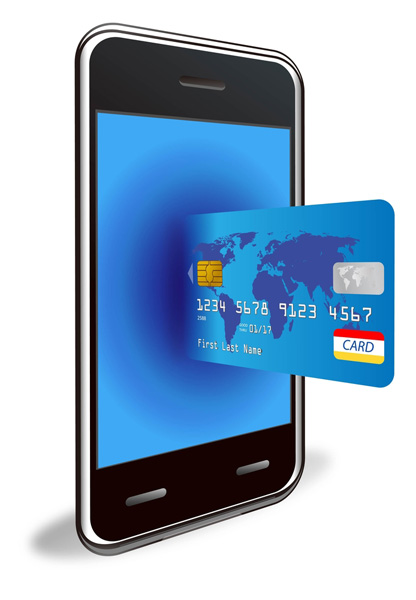 Eighteen months ago, 25% of food-cart owners in Portland used mobile payment options. That number is now more than half. “With the newer carts coming in, [owners] are younger, more tech savvy. It’s not an afterthought, it’s part of what they do,” says Brett Burmeister, managing editor of FoodCartsPortland.com.
Eighteen months ago, 25% of food-cart owners in Portland used mobile payment options. That number is now more than half. “With the newer carts coming in, [owners] are younger, more tech savvy. It’s not an afterthought, it’s part of what they do,” says Brett Burmeister, managing editor of FoodCartsPortland.com.
 BY PETER BELAND
BY PETER BELAND
More than 50% of Portland’s historically cash-only food carts have moved to mobile payments, according to Brett Burmeister, managing editor of FoodCartsPortland.com.
He says that 18 months ago, 25% of food-cart owners in Portland used mobile payment options. That number is now more than half. “With the newer carts coming in, [owners] are younger, more tech savvy. It’s not an afterthought, it’s part of what they do,” says Burmeister on how mobile payment systems are standard operating procedure with newer carts.
A growing number of mobile payment options are making it easier for small businesses to take payment for services rendered. According to USA Today, a traditional retail payment system (cash register, credit card scanner, etc.) can cost as much as $3,000 in addition to long-term contracts with high monthly fees. Services like Square require nothing more than a free credit card reader and a smart phone or tablet, evening the playing field for businesses that have historically been cash only.
“Street food has been 100 percent cash,“ says Burmeister. “Nobody would take a check for a hot dog.” With roughly 700 food carts in Portland alone and growing number of businesses applying the cart model to other business types, you typically either get consumers with ample cash on hand, or frustrated credit card users that must pay an additional 50 cents to cover the 3% to 4% transaction fee for the vendor.
But services like Square change this paradigm. Each transaction with the mobile payment option costs the vendor 2.75%. “It’s one of the markets for opportunity. Whoever gets there first is going to have the lion’s share,” says Burmeister, referring to the early adopters of mobile payment options gaining business. Consumers are happy because they can use their credit cards, vendors are happy because of the low overhead and no monthly contracts.
The research firm Gartner projects that there will be $171.5 billion dollars in worldwide payment transactions this year. In two years, that number will leap to $352.7 billion.
But questions and concerns remain for the relatively new payment systems. With the abundance of mobile payment options, consumer confusion is bound to occur such as what happens to your credit card information. When a consumer swipes his or her card, it goes through the vendors phone or tablet and then again through a third party before the transaction gets to a bank. But folks like Burmeister disregard such worries. “A year ago, it was ‘You’re asking me to put my credit card number into your iPhone?’ Now people hand over their information and walk away,” he says.
Burmeister does have concerns and does not view mobile payments as the panacea to the vagaries of starting and operating a small business. “The market will determine who succeeds and who doesn’t. You have to have good food whether or not you take credit cards,” he says. Another question is whether or not services like Square will increase their transaction fees at some point. “You might see a transition back to cash,” says Burmeister.
But change and innovation are mainstays of the business world, both large and small. “There are plenty of developers looking for ways to transmit cash,” Burmeister says. “What’s it gonna be in five years? We don’t know.”
Peter Beland is a contributing writer to Oregon Business.


